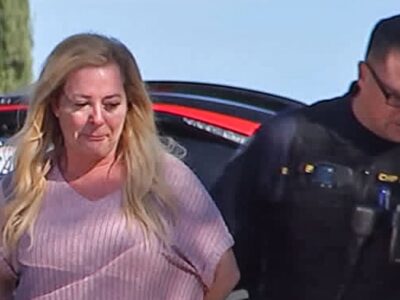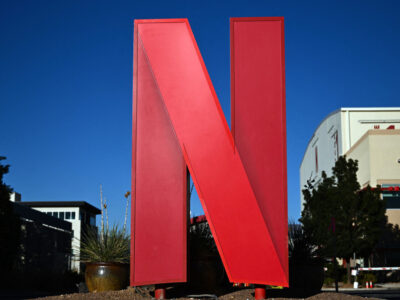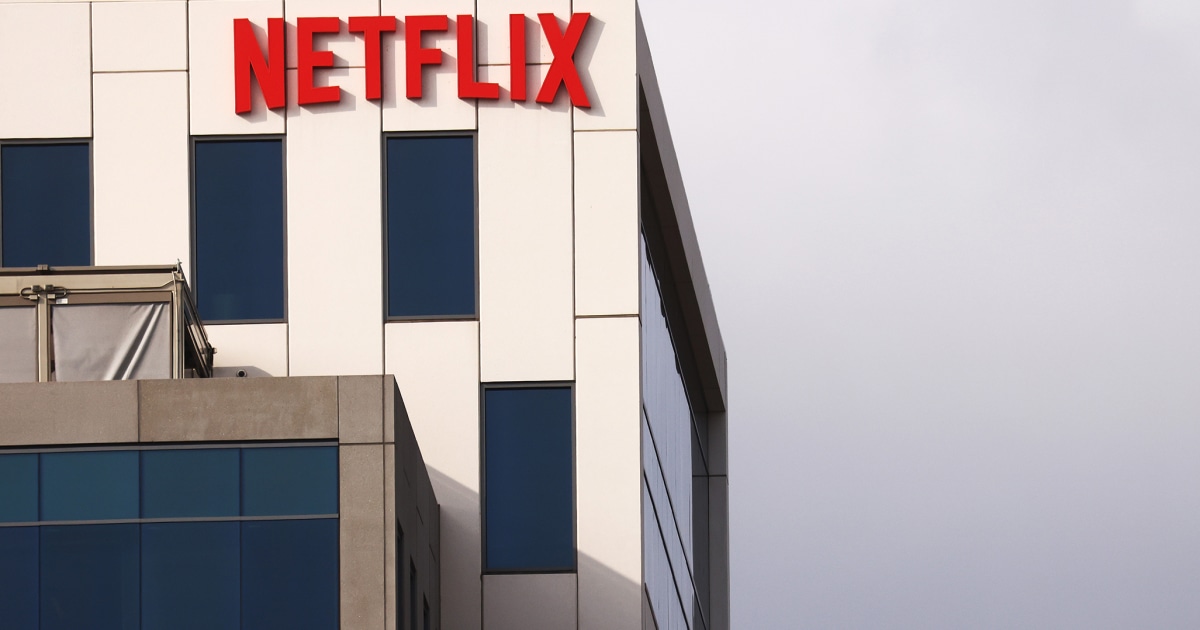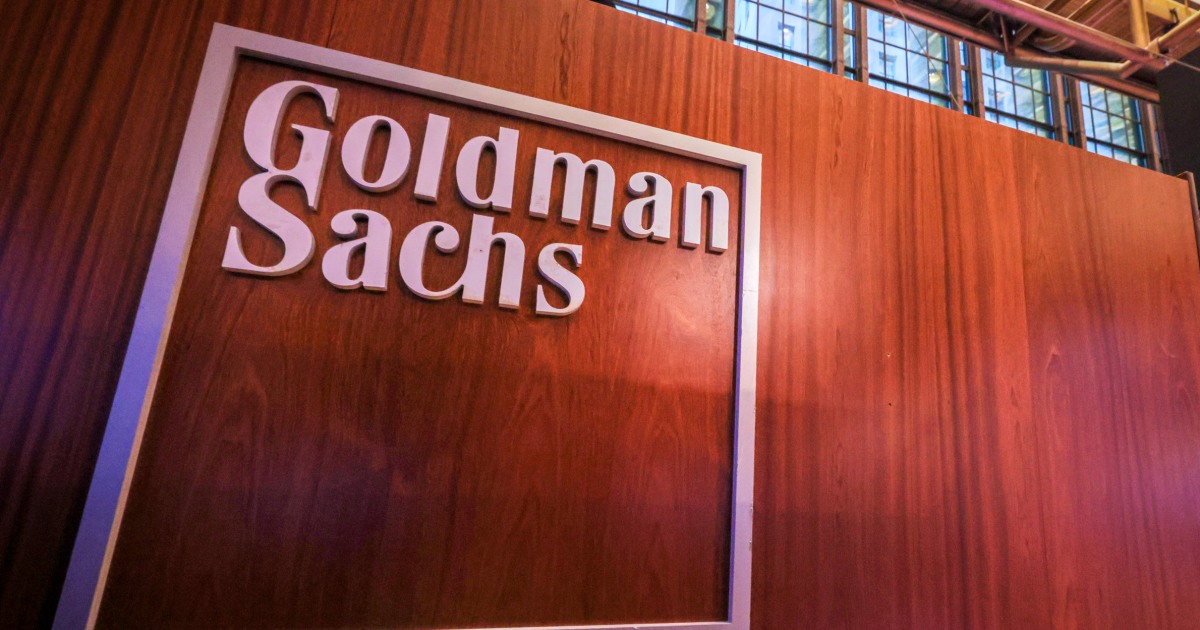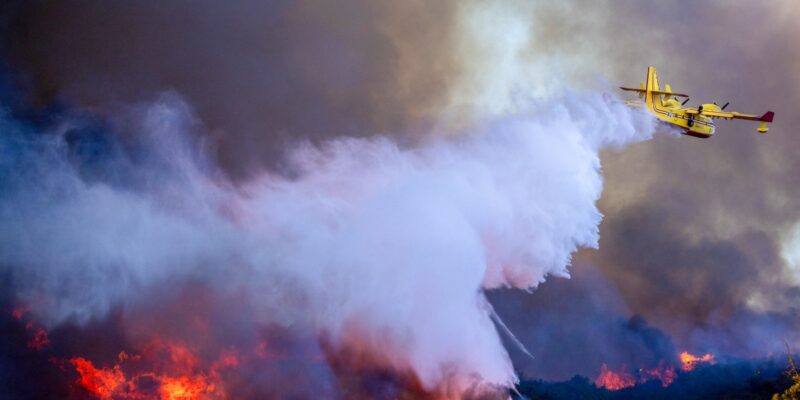
One reason last week’s collision between a firefighting plane and a drone caused such a stir was because Los Angeles doesn’t have many spare “Super Scoopers” to take the aircraft’s place.
The Los Angeles Fire Department typically leases two each year, but authorities have requested more to combat the wildfires that continue to burn throughout the metro area. There are only about 160 in operation around the world, each one constructed by a single Canadian company based on a design that has barely changed in 55 years.
“It is a rugged, reliable and very tough aircraft,” said Neil Sweeney, vice president of corporate affairs at De Havilland Aircraft, the planes’ manufacturer, which is based in Calgary.
Super Scoopers get their name from their ability to pick up 6,000 liters from bodies of water and drop them in just 12 seconds on wildfires burning nearby, he said. It’s a specialized task that’s becoming more in demand as a warming climate contributes to bigger, hotter, more frequent blazes that are often difficult to control.
Unlike most other firefighting aircraft that must return to base after each drop, Super Scoopers can fly continuously for three to four hours, returning to ingest and release water on a fire repeatedly. Their powerful engines let pilots slow down and execute drops with precision, Sweeney said, and the planes have proved capable of operating in “some of the worst conditions possible,” including high winds.
So losing just one Super Scooper even temporarily can hamper firefighting operations when every hour is critical. Thursday’s drone crash, which punched a hole in the plane’s left wing, was a close call, Sweeney said. The aircraft landed safely and no one was injured, but it could’ve been much worse if the drone had hit elsewhere, he added.
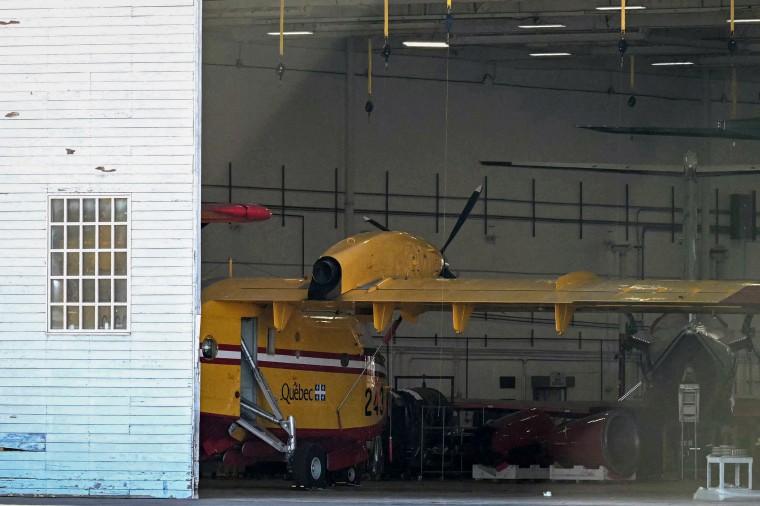
The Super Scooper that was hit by a drone sat in a maintenance hangar in Los Angeles on Friday.Patrick T. Fallon / AFP – Getty Images
The incident nonetheless grounded the plane for days, keeping it out of action as authorities struggled to respond to shifting winds over the weekend. It was expected to fly again Tuesday, according to Los Angeles County Fire Chief Anthony Marrone, but officials said they’re taking the incident seriously and the FBI is seeking information about the drone’s operator.
The California Department of Forestry and Fire Protection, meanwhile, has urged people to respect restricted airspace. “There could have been injuries,” said Scott McLean, an information officer for Cal Fire. “There could have been fatalities.”
So far, there aren’t many alternatives to Super Scoopers. While tech startups are racing to build bigger, more powerful firefighting drones, most are still under development. Experts say it could take some time before effective, affordable autonomous aircraft are in widespread use, given the logistical hurdles and safety regulations that need to be cleared first.
De Havilland mainly focuses on special-mission aircraft. The company has been making the current Super Scooper model since 2015, when former manufacturer Bombardier sold the program to De Havilland. The company is now working on producing its first order of 22 new Super Scoopers, or the De Havilland Canadair 515, for fire departments in Europe, Sweeney said.
Earlier versions — the CL-215, produced in the 1970s and ’80s, and the CL-415, produced from the ’90s through 2015 — are still in use as well. Sweeney estimated about 70 of the Super Scoopers currently in action are the older CL-215 model. He expects more fire departments will soon seek replacements as many contend with more intense, longer-lasting fire seasons, and as other places that don’t typically experience wildfires begin to do so.
“We’re seeing significant demand around the world,” Sweeney said, adding that De Havilland hopes to ramp up production to nine or 10 planes each year.
Most Super Scoopers in the U.S. are owned by Montana-based Bridger Aerospace. With six planes, the company holds the largest private Super Scooper fleet in the world and leases the aircraft to fire departments. Over the weekend, Bridger sent a CL-415, which had been undergoing winter maintenance, to California.
Other Super Scoopers operating in the U.S. are on loan from Canada, like the Quebec 1 that was hit by the drone in L.A. Officials there have leased a pair of CL-415 planes from the government of Quebec each fire season for the past 31 years.
That partnership reflects the long history of cross-border resource-sharing for wildfire control, Sweeney said, adding that he hopes it will continue even as the challenges grow.
The incoming U.S. administration could throw a wild card into this arrangement, with President-elect Donald Trump already threatening tariffs of up to 25% on imports from Canada and Mexico. He also suggested this month that he wanted to make Canada the 51st state, adding to diplomatic tensions that factored into a leadership change atop the country’s ruling party.
For now, though, “there’s a high degree of cooperation worldwide, but especially between North American states and provinces when we have severe wildfires,” Sweeney said. “Our American friends send equipment, send personnel up to us, and vice versa.”

